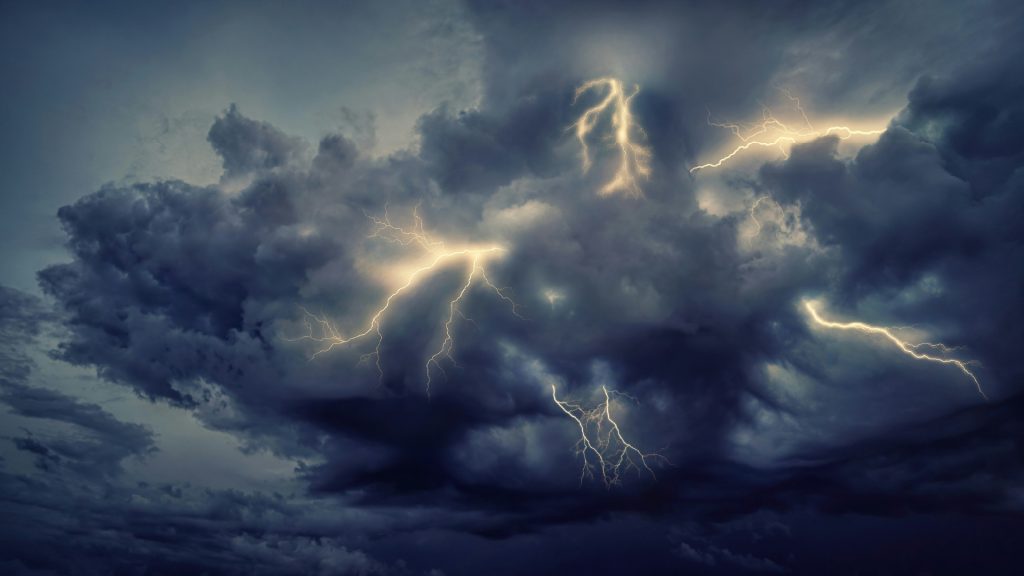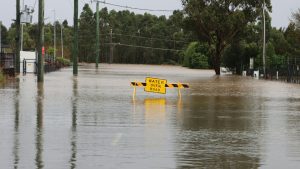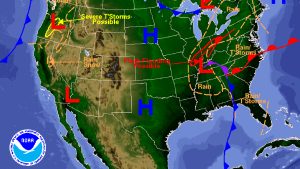Thunderstorms are one of nature’s most powerful displays—bringing lightning, thunder, heavy rain, hail, and sometimes even tornadoes. But what exactly causes these dramatic events in the sky?
Let’s break it down in simple, scientific terms.
1. The Ingredients of a Thunderstorm
To build a thunderstorm, you need three main ingredients:
- Moisture – Water vapor in the air
- Instability – Warm air near the ground and cold air above
- Lift – Something to push the warm air upward (like a cold front or mountains)
These ingredients are most commonly found in spring and summer when the air is warm and humid.
2. How Thunderstorms Form
Here’s a step-by-step look at how a thunderstorm is born:
- Warm, moist air rises from the surface.
- As it rises, it cools and condenses into a cloud (this releases heat, fueling more upward motion).
- The cloud grows into a towering cumulonimbus—the classic thunderstorm cloud.
- Inside the cloud, updrafts and downdrafts form, creating turbulent air and building energy.
3. Why Thunder and Lightning Happen
As the storm grows, particles in the cloud (like raindrops and ice) rub together, creating electric charges. When the difference in charges becomes too great, the energy is released as lightning.
Thunder is the sound created by the rapid expansion of air after a lightning bolt.
Fun Fact: You can count the seconds between lightning and thunder and divide by 5 to estimate how far away the storm is in miles!
4. Can Thunderstorms Become Severe?
Yes! If the storm gets strong enough, it can produce:
- Strong winds (over 58 mph)
- Hail (1 inch or larger)
- Tornadoes
- Flash flooding
Meteorologists use radar and weather models to monitor and predict severe thunderstorms.
Stay Safe During Thunderstorms
- Get indoors if you hear thunder.
- Stay away from windows and electronics.
- Avoid water (don’t shower or do dishes).
- Never take shelter under a tree during a storm.
Final Thoughts
Thunderstorms are fascinating, but they’re also powerful and potentially dangerous. Understanding how they form can help you stay safe—and deepen your appreciation for the science behind the storm.




